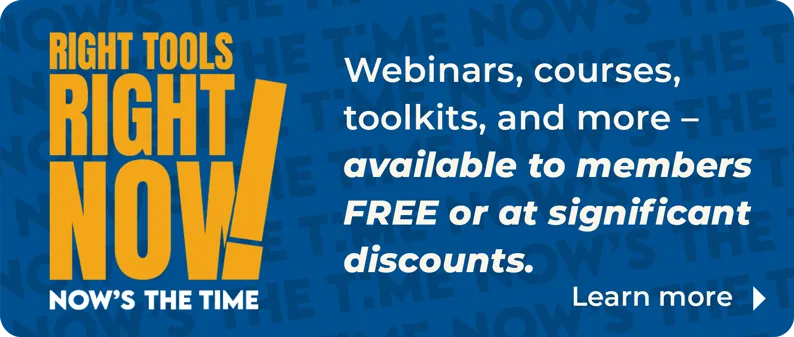How we move around is undergoing a big shift. Travel by car has reached a saturation point, as evidenced by the leveling off of miles driven, and alternatives such as public transit and bicycles are attracting larger shares of the traveling public. This issue of On Common Ground explores the transportation future.
Downloadpdf (PDF: 4.75 MB)
In This Issue
Last summer, Congress finally adopted a new law setting funding levels and policy priorities for federal investment in highways, bridges and...
After stalling during the recession, transit ridership is on a roll again as more and more people opt to park their cars and board buses, ...
After almost 50 years of trial and error, bike sharing has finally grown from its western European roots to blossom as a global enterprise....
A growing number of municipalities and small towns are considering a low or even no minimum off-street parking requirement.
As urban freeways age, cities move to take them down, before they fall down.
Bus rapid transit has grown to encompass nearly every upgrade transit agencies announce. The real question isn’t what qualifies as ...
Cities throughout the country are eager to add streetcar systems. But do they deserve all the economic development credit showered on them?...
With federal funding lacking, how will local and state municipalities pay for roads and transit?
America’s quest to build high speed rail may have gotten derailed in the last few years, but there are signs that it may be getting ...
TOD developments are generally holding their value better than other housing options.
The need for rural transit, the challenges involved in delivering it and various places where it’s thriving.
The “Build a Better Block” project bringing blighted areas of communities back to life by making streets more pedestrian- and ...
Roads across the United States have been losing lanes and girth, but gaining multi-modal use, increasing safety and promoting businesses.
REALTOR® associations have long known that people frequently make housing choices based on proximity to transportation. That’s why...









